京都
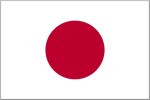
Cultural capital of Japan, and actual capital for over a thousand years

With more UNESCO World Heritage sites than you can shake a stick at, Kyoto is an essential stopping point on any tour of Japan. It’s right in the middle of the Kansei region, and is undoubtedly the country’s cultural capital. I’d always figured Kyoto was just Tokyo in reverse, but here I learned the error of my ways.
As essential as a visit to Kyoto is, we had very little time allocated so we hopped on to some rented bikes and pedalled our way around as much as we could in an afternoon. The weather wasn’t exactly on our side, but that didn’t detract from the site of the fabulous temples. There were so many in fact that it became a bit of a blur, and I have trouble remembering what’s what. A definite highlight of the afternoon was spotting a genuine geisha being filmed down an alley.

Our first temple to chance upon, Kiyomizudera. This seemed to be the most popular one, or maybe it was just because it’s near the start of the walking tour route.
Water breathing dragon inside Kiyomizudera. Those little pans on sticks are a common site by watering holes across Japan.


Kimono-clad tourists effortlessly blending in with the locals in the old streets of Kyoto.
Traditional fans for sale in the fan district of town.


There were only some hints of sunshine during the day, but at least the rain eased off. Plenty of olde-worlde scenes to see.
The taxi system in Kyoto is a little outdated, and you’re not going to get anywhere in a hurry. I thought hats like that were only worn in south east Asia, in places like Vietnam.
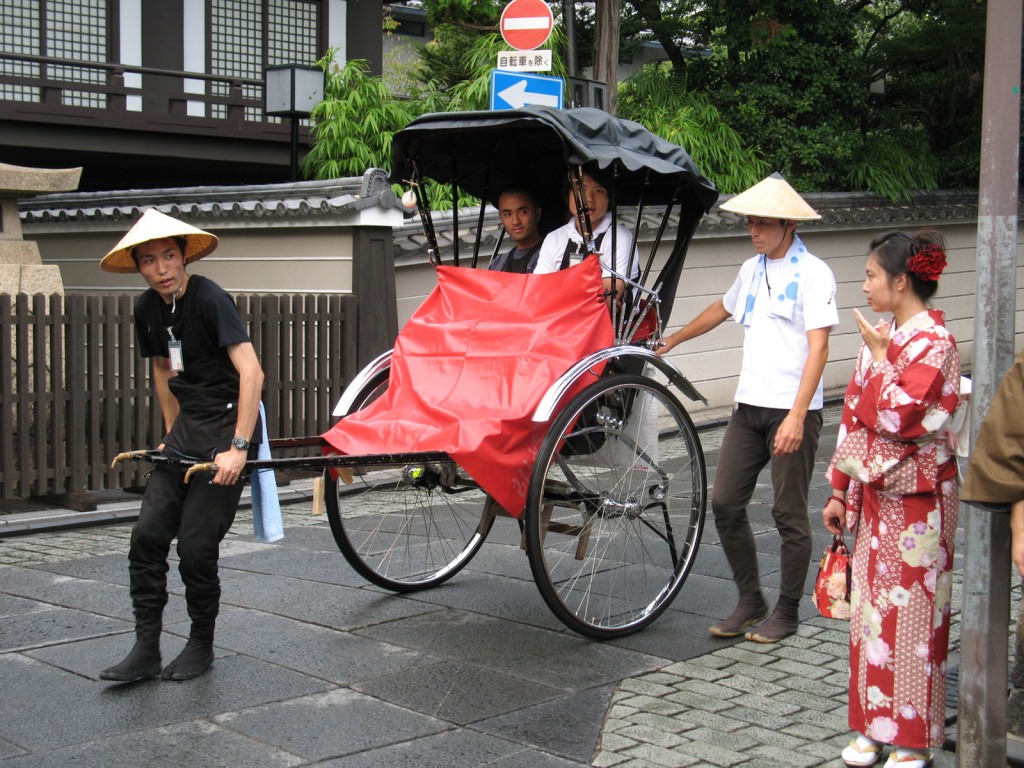

Another grand temple entrance – try as I might, I haven’t been able to figure out the name of this one.
Towards the other end of our cycling tour route, we passed through this giant steel torii on the way to Heianjingu shrine.
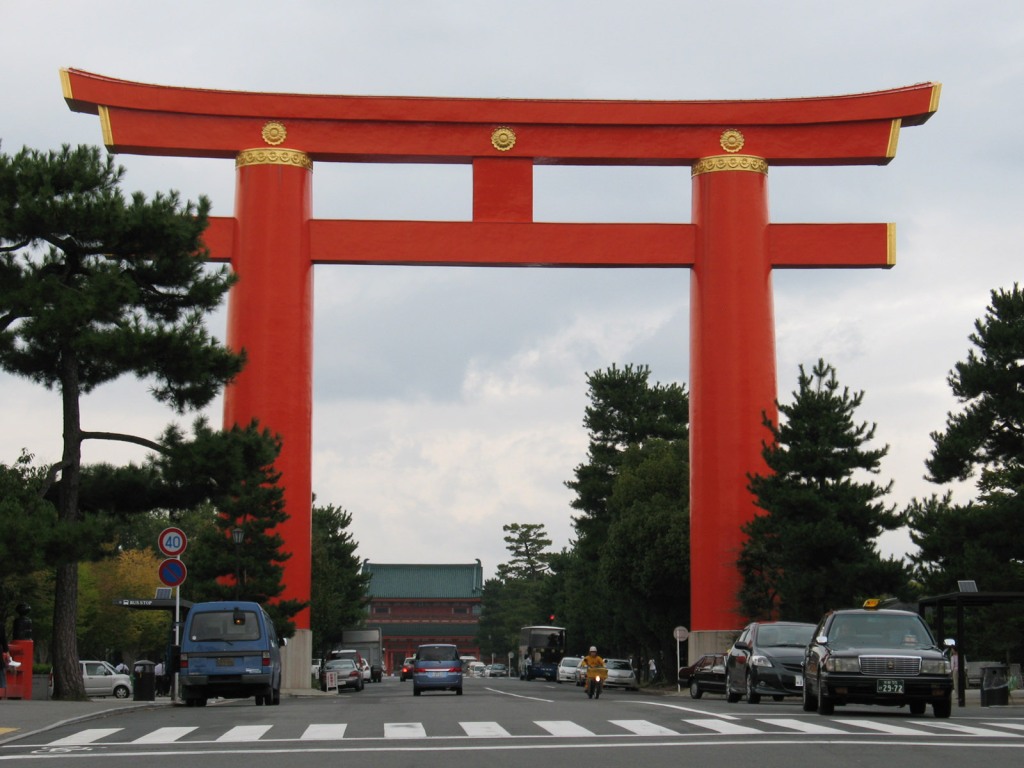

The courtyard at Heianjingu shrine. Scarlett Johansson visits this shrine in the movie “Lost in Translation”. No sign of her that day.
A wall of what I can only suppose are some type of lantern. Very nicely decorated nonetheless.

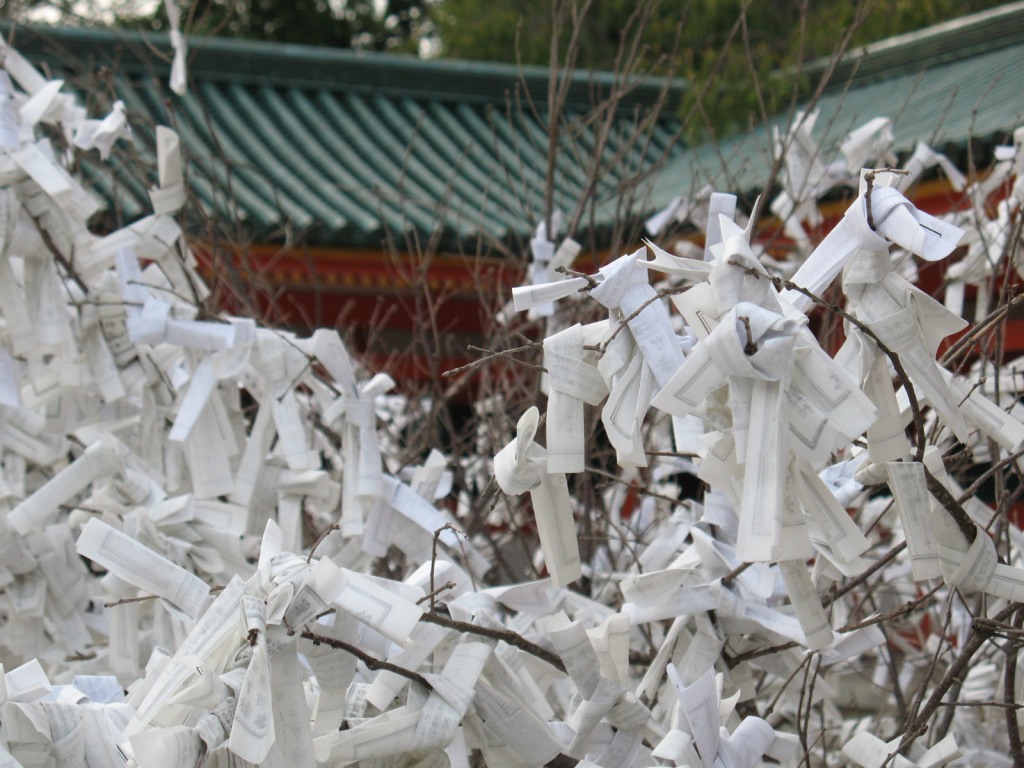
Notes for good fortune tied to trees in the courtyard at Heianjingu shrine.
We pedalled our way back along this river bank towards the station. Although it looked like a bit of a stank at first glance, we saw fish and even beavers beavering away.
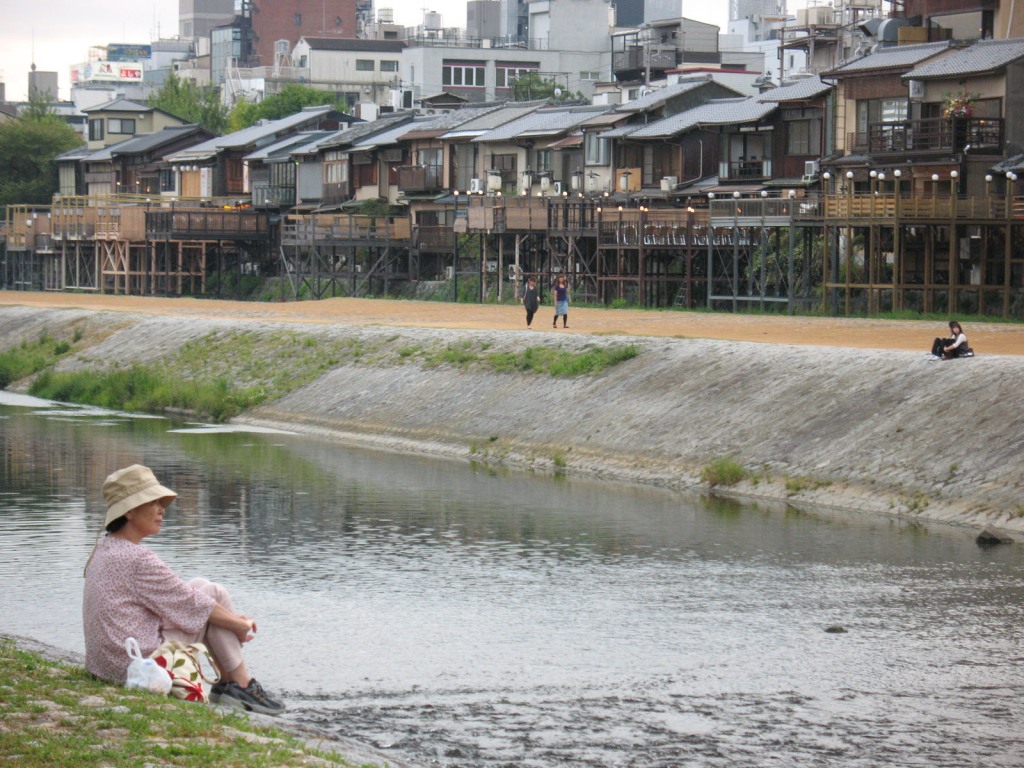

Like many Japanese cities, Kyoto has its own observation tower, seen here reflected in wall of the Shinkansen (bullet train) station. From here we headed up to Hakuba, in the Japanese Alps.
Created 2010
